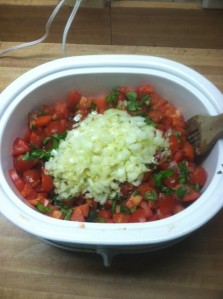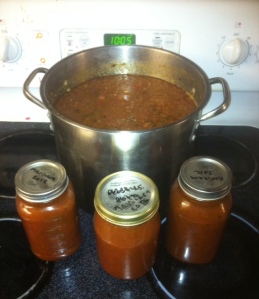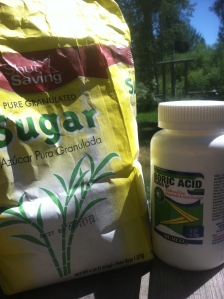One of the things I get asked about most is my sourdough start. I actually have to giggle a little when people think it is amazing to make your own bread. Don’t get me wrong, there are some talented bread artisans out there, who do some incredible things with dough… However, to just get a simple loaf of sourdough bread is much easier than you may think.
Benefits of making your own bread:
-You can make as much as you want, whenever you want.
-You have control over the quality of your ingredients….
-It actually goes bad… This may not sound like a benefit, but is anyone else disturbed by the fact that some store bough bread NEVER molds?!?!?
-You can make loaves that fit your meal.
Benefits to maintaining a sourdough start:
-You never have to wait for yeast to activate.
-You get to make new friends when you give away the portions of your start that you no longer need.
-While this blog focuses on bread, there are SO many other things you can make with your start… Creativity can flow…
The first thing you will need is to acquire a sourdough start. You can order them off of Amazon, ask a friend, or go to your local bakery. After that, you are off…. Maintaining a sourdough start really falls into three basic categories. 1) Getting your starter going. 2) Feeding your starter. 3) Using your sourdough.
Sourdough Starter
1) Add ¼ C lukewarm water to starter in jar. Stir to dislodge the starter. Stir to combine. Pour in to a large glass bowl.
2) Add 1 ¼ C lukewarm water and 2C flour to the bowl with the starter. Mix until combined.
3) Cover bowl with plastic wrap and let sit at room temperature (aprox 70 degrees) for 8-12 hours.
4) After 8-12 hours the starter will bubbly.
5) Stir the starter and discard 1 ½ C. Mix in ¾ C lukewarm water and 1C flour.
6) The starter should be fairly thick. Similar to pancake batter.
7) Recover the bowl and let sit at room temperature for another 2-4hours.
8) Stir the starter and discard 1 ½ C.
9) Feed the remaining starter ¾ C lukewarm water and 1C flour. (batter will be thick and lumpy)
10) Cover and let rest at room temperature for 2-4hours.
11) Stir starter down and place in stoneware or glass container. Cover loosely with a lid or plastic. (The shower cap style dish covers work well) If you use a screw top do not fully screw it on.
12) Keep in refrigerator until you are ready to use.
Feeding your Starter
Note: Feed starter once a week. However you may let it sit for longer. If you let it sit for a month it might have a yellowish layer on top. (Do not use if there is a layer of pink or black)
1) Stir your starter. Mixing any liquid completely into starter.
2) Keep stirring until smooth. Discard 1C of starter. (You may also give away this Cup of starter)
3) Add 1C lukewarm water and 1C flour.
4) Stir until smooth.
5) Refrigerate. (no need to let it sit)
Using your Starter
1) Up to 12 hours before beginning your recipe, stir the starter and discard or give away 1C of your starter.
2) Feed remaining starter 1C lukewarm water and 1C flour.
3) Let it sit (loosely covered) at room temperature for 4-12 hours. (the longer you choose to let it sit the more “sour” it should be) *This is your fed starter and ready for use in any sourdough recipe.
4) Once you have removed however much starter your recipe calls for (usually 1C) feed the remaining starter 1C lukewarm water and 1C flour. Let sit loosely covered at room temperature for 2-4 hours. Stir down and return to refrigerator.
Easy Rustic Sourdough Bread
 1 Cup “fed” sourdough starter
1 Cup “fed” sourdough starter
1 ½ Cups lukewarm water
2 tsp. instant yeast
1 Tbs. sugar
2 ½ teaspoons salt
5 Cups all-purpose flour
1) Combine all of the ingredients, kneading to form a smooth dough. (Depending the wetness of your starter, you may need more or less flour… so I only add a little at a time.)
2) Allow the dough to rise in a covered bowl until it has doubled in size. (about 90min)
3) Coat hands in flour.
4) Gently divide dough in half. (it may deflate a little)
5) Gently shape the dough into two oval loaves and place on a lightly greased baking sheet. (or in to greased and floured bread pans.)
6) Cover and let rise until very puffy. (about one hour)
7) Preheat oven to 425
8) Spray loaves with lukewarm water (Or egg wash) and make a couple fairly deep slashes in each loaf with a sharp knife.
9) Bake for 25-30 minutes until a deep golden brown.
10) If baked in bread pans, remove to cooling rack immediately after removing from oven.
Do you have questions or tips to share with our readers? Please make sure you share them in the comments below….




























